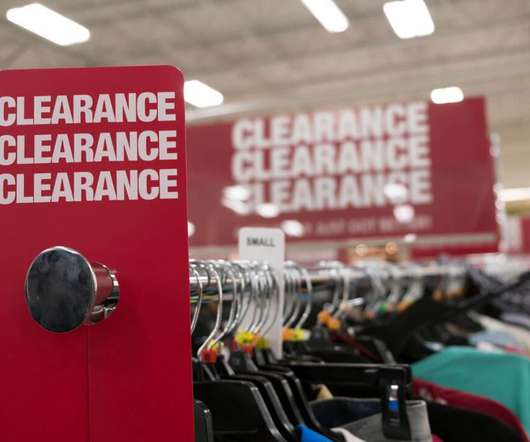7 Indicators You’re Managing Bad Inventory (and How to Fix It)
Retalon
FEBRUARY 10, 2022
Bad inventory is an expensive problem. Trillion annually as a result of bad inventory. Managing inventory becomes exponentially more complicated as a retailer grows; and often becomes an overwhelming challenge. What is bad inventory called day-to-day? Indicators you’re managing bad inventory.












Let's personalize your content